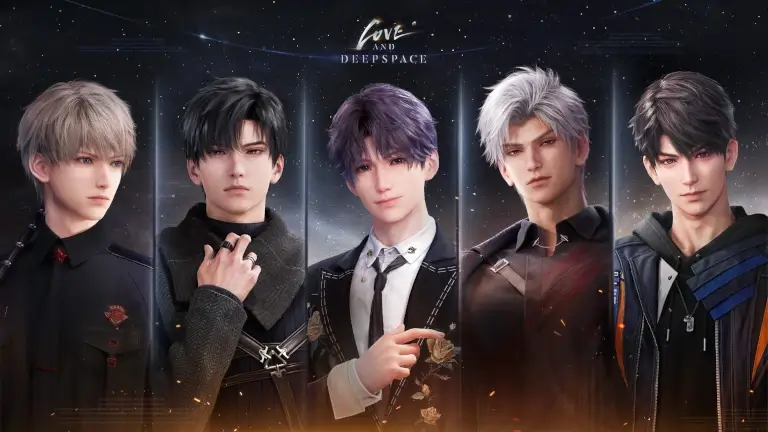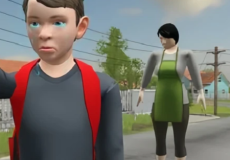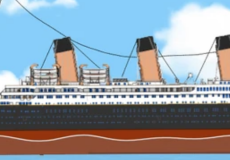

The Boiled One
The Boiled One is a survival horror game that centers on isolation, observation, and controlled movement. The player must endure a sequence of nights inside a confined facility while avoiding contact with an entity known only as The Boiled One. The environment changes unpredictably, creating a sense that familiar spaces cannot be trusted. Each night introduces new hazards, limited tools, and decisions that determine survival. The game focuses on process rather than reaction, requiring attention to sound, light, and subtle environmental shifts.
Similiar games
The Boiled One is a survival horror game that centers on isolation, observation, and controlled movement. The player must endure a sequence of nights inside a confined facility while avoiding contact with an entity known only as The Boiled One. The environment changes unpredictably, creating a sense that familiar spaces cannot be trusted. Each night introduces new hazards, limited tools, and decisions that determine survival. The game focuses on process rather than reaction, requiring attention to sound, light, and subtle environmental shifts.
Environment and Structure
The setting in The Boiled One consists of small interconnected rooms that alter their form between nights. Doors that were once safe may no longer lead to expected locations, and the power system can fail without warning. The player must navigate this unstable structure using minimal equipment—flashlights, cameras, and switches that briefly restore visibility. The design emphasizes the relationship between safety and uncertainty: light reveals danger as often as it prevents it. The player learns through pattern recognition, using sensory cues to decide when to move and when to wait.
Core Systems and Gameplay
The main systems that define The Boiled One include:
· A limited vision system controlled by power and lighting cycles
· Audio cues that indicate the presence and proximity of the entity
· Randomized environmental changes after each completed night
· Resource management involving time, tools, and safe locations
· Hidden recordings that provide fragments of background information
These systems work together to create pressure without relying on speed or combat. Every action carries risk, and hesitation can be as dangerous as movement. The player’s progress depends on understanding these rhythms and adapting strategies with limited feedback.
Progression and Uncertainty
Each night functions as a new variation on the same challenge. Early stages introduce simple patterns, while later ones alter both timing and layout. Clues appear in static screens, radio interference, and corrupted messages that suggest a connection between the facility and The Boiled One itself. The narrative is revealed indirectly, through repeated observation rather than dialogue. Multiple endings depend on how much information the player uncovers and whether they interpret the signals correctly before the final night.
Design and Interpretation
The Boiled One explores fear through structure and repetition. Instead of relying on visible threat, it uses systems that question the player’s perception of space and time. The gradual erosion of predictability transforms familiar actions—turning on lights, closing doors, waiting—into sources of tension. Every sound and movement becomes part of a larger pattern that must be decoded to survive. Through its minimalist design, The Boiled One transforms observation into the core mechanic, using silence, distortion, and routine as tools for building unease and reflection.
Discuss The Boiled One




















